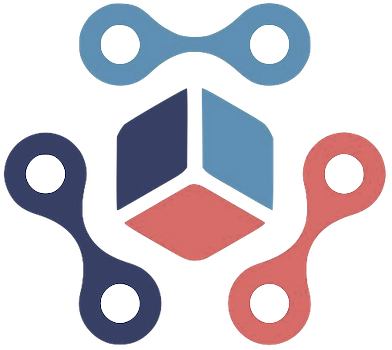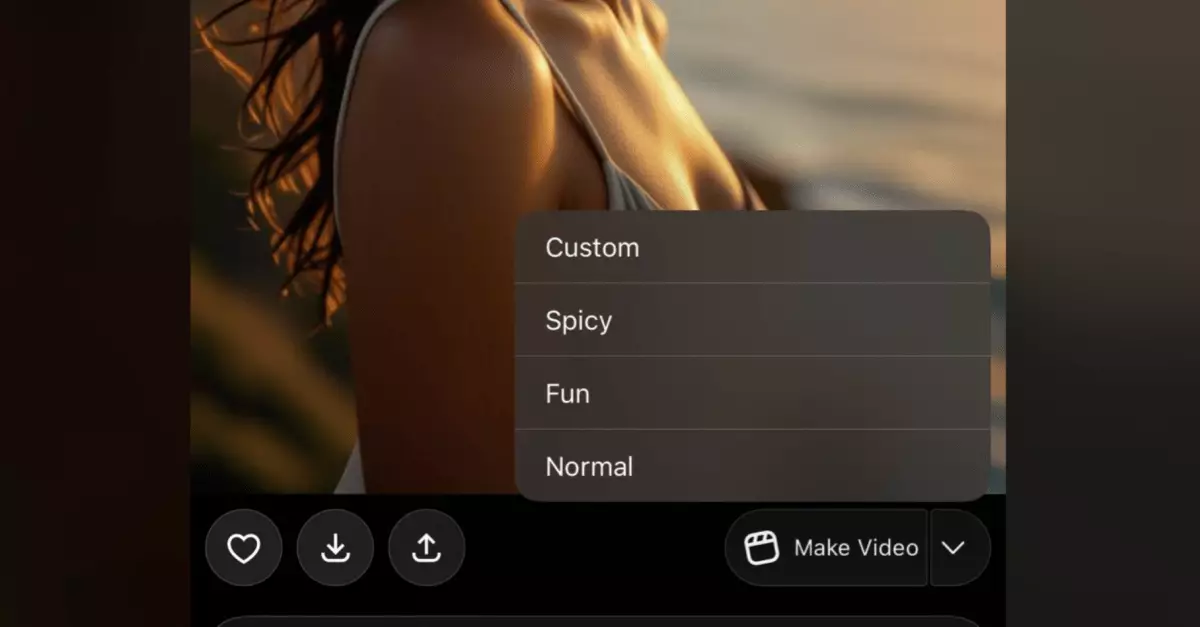In recent years, artificial intelligence has rapidly advanced, offering increasingly sophisticated tools for content creation. Among these, Grok Imagine stands out for its bold approach to digital generation—purposely designed to push the limits of what is permissible. Unlike other AI systems that impose strict content filters, Grok Imagine openly encourages the creation of NSFW and provocative material. This shift signifies a profound change in how AI-generated content is governed and perceived, raising critical questions about ethics, responsibility, and societal impact.
While the technological feat of generating images and short videos from textual prompts or reference images is impressive, the decision to relax restrictions is a gamble. It opens a Pandora’s box of potential misuse, from violation of privacy to the proliferation of explicit content. The very essence of AI’s potential—to expand human creativity—becomes tainted when it is wielded irresponsibly. Grok Imagine embodies this dichotomy: a tool that can inspire artistic expression or contribute to harmful, exploitative material. This duality underscores the importance of a thoughtful dialogue about how such powerful technology should be managed—and who bears responsibility when boundaries are crossed.
The Cultural and Ethical Quandaries of Unfiltered Content Generation
The most troublesome aspect of Grok Imagine lies in its “Spicy” mode, which actively facilitates the creation of sexualized and explicit imagery. Unlike competitors like Google’s Veo or OpenAI’s Sora, which implement robust safety filters to prevent the generation of inappropriate content, Grok leaves this domain deliberately open. Elon Musk’s description of Grok Imagine as “AI Vine”—a nostalgic nod to unfiltered freedom—may sound appealing to some, but it also raises red flags. The capacity to produce photorealistic images of women or anime characters in sexualized poses without significant barriers could normalize and normalize potentially harmful representations.
The risk posed by such unrestrained content is multifaceted. It invites the proliferation of non-consensual deepfake imagery, encourages objectification, and bolsters environments where harassment and exploitation can flourish. Moreover, the accessibility of these features to a broad user base, including minors, further exacerbates these risks. While Musk emphasizes the platform’s creative potential, critics argue that unchecked freedom often accompanies unintended consequences—such as the normalization of erotic content that pushes societal boundaries. The question becomes: should technological innovation be solely judged by its novelty and power, or by its capacity to uphold ethical standards?
Responsibility and the Responsibility’s Absence
Despite the allure of unconstrained AI creation, the lack of robust safeguards in Grok Imagine suggests a troubling neglect of ethical responsibility. While users can generate a wide array of styles—including photorealism and anime—the ease of bypassing restrictions hints at a permissiveness that could foster misuse. TechCrunch’s finding that the tool struggles to restrict celebrity image generation further illustrates the challenges of moderation. This raises essential concerns about accountability: who should be held responsible when AI tools facilitate the creation of damaging or illegal content?
The rapid adoption of Grok Imagine, with over 34 million images generated since inception, indicates a thirst for unfiltered creative outlets, but also a dangerous appetite for exploiting technological gaps. The lack of clear limitations on generating images featuring real individuals, especially in explicit contexts, highlights the peril of embedding such capabilities without adequate oversight. As AI developers race to deliver ever more powerful tools, they must balance innovation with ethical responsibility. The allure of freedom must be tempered by the understanding that technology’s societal influence is profound and lasting.
The Future of AI-Generated Content: Navigating Innovation and Morality
Grok Imagine exemplifies a burgeoning era where AI democratizes content creation to an unprecedented degree. It breaks down barriers traditionally associated with artistic production, providing even children with voice prompt capabilities to generate art. Yet, this democratization comes with peril—for every artist inspired, there is potential for misuse. Elon Musk’s vision of resurrecting “AI Vine” echoes a desire for raw, creative expression, but it sidelines the crucial conversation around moral limits.
Looking ahead, the challenge lies in developing regulatory frameworks and community standards that foster creativity while preventing harm. AI tools like Grok Imagine could revolutionize art, entertainment, and communication—if managed responsibly. However, unchecked freedom risks ushering in an underground realm of exploitative, non-consensual, and illegal content. The societal debate must shift from purely technological feasibility to how to embed ethical guardrails that protect individuals and uphold moral values without stifling innovation.
The question remains: can we harness the incredible potential of AI to elevate human creativity without enabling its darkest impulses? The answer depends not only on technological developments but on collective responsibility. As AI becomes ever more ingrained in our cultural fabric, ensuring it serves as a tool for good rather than a weapon of exploitation is a challenge that cannot be ignored.

